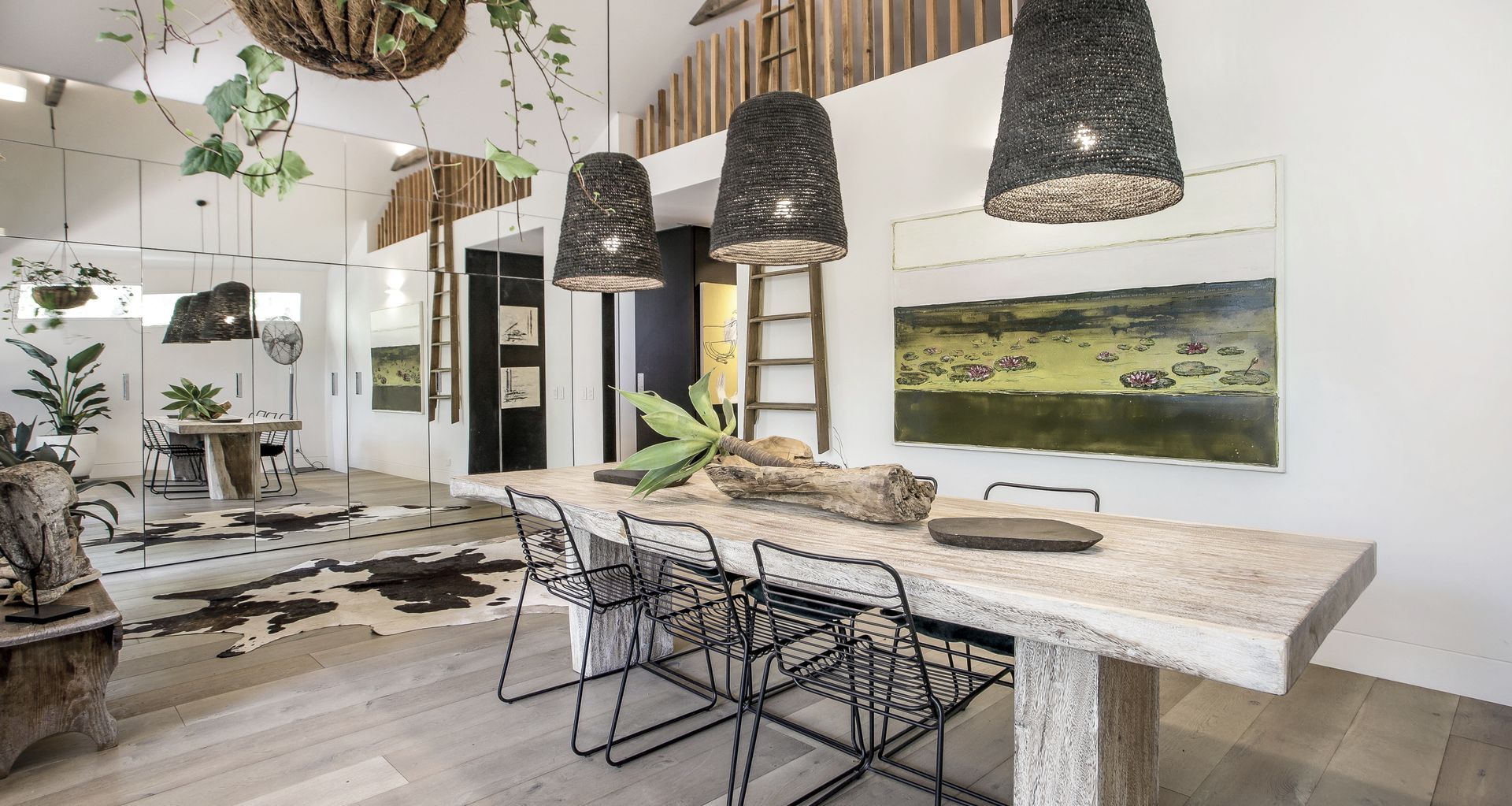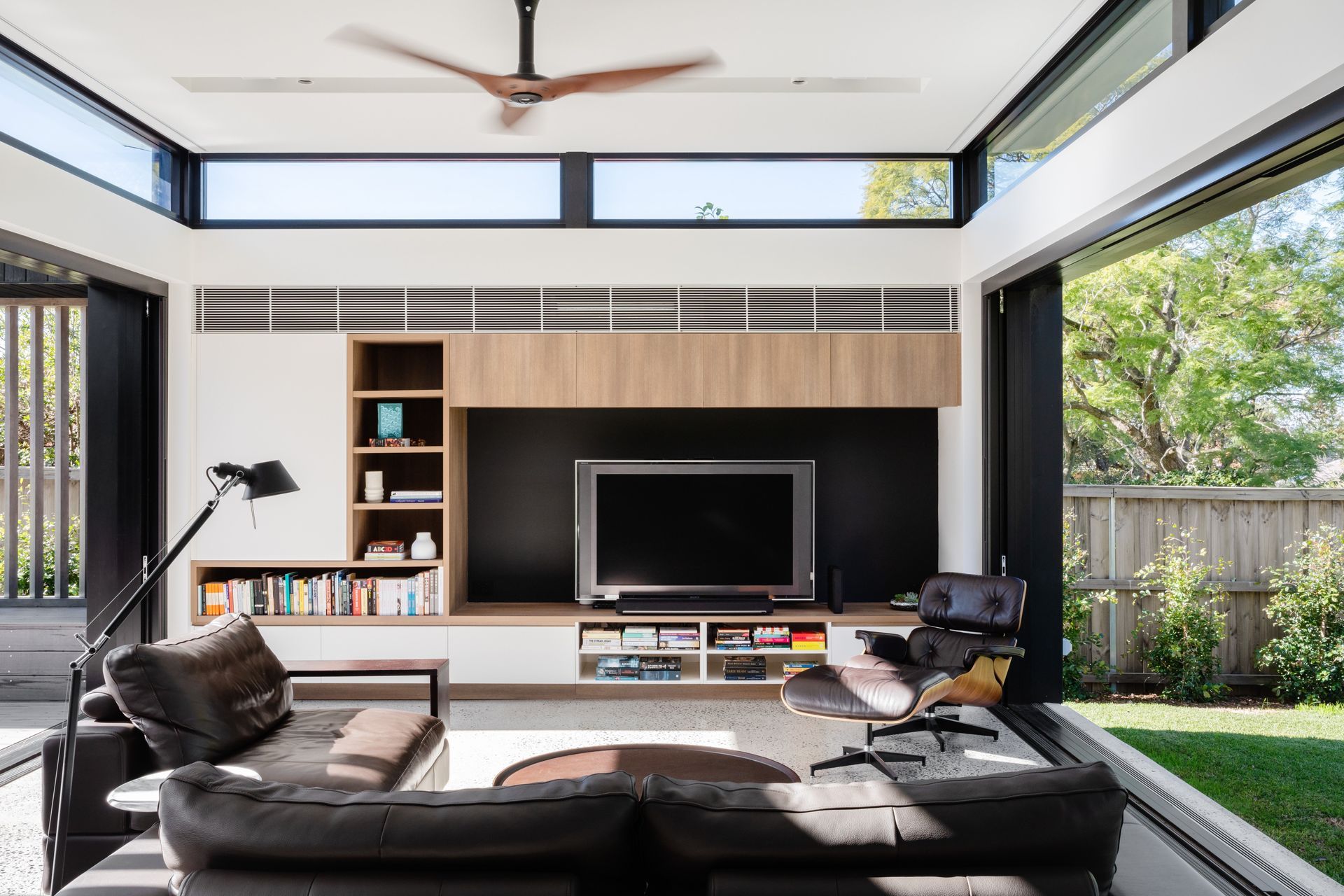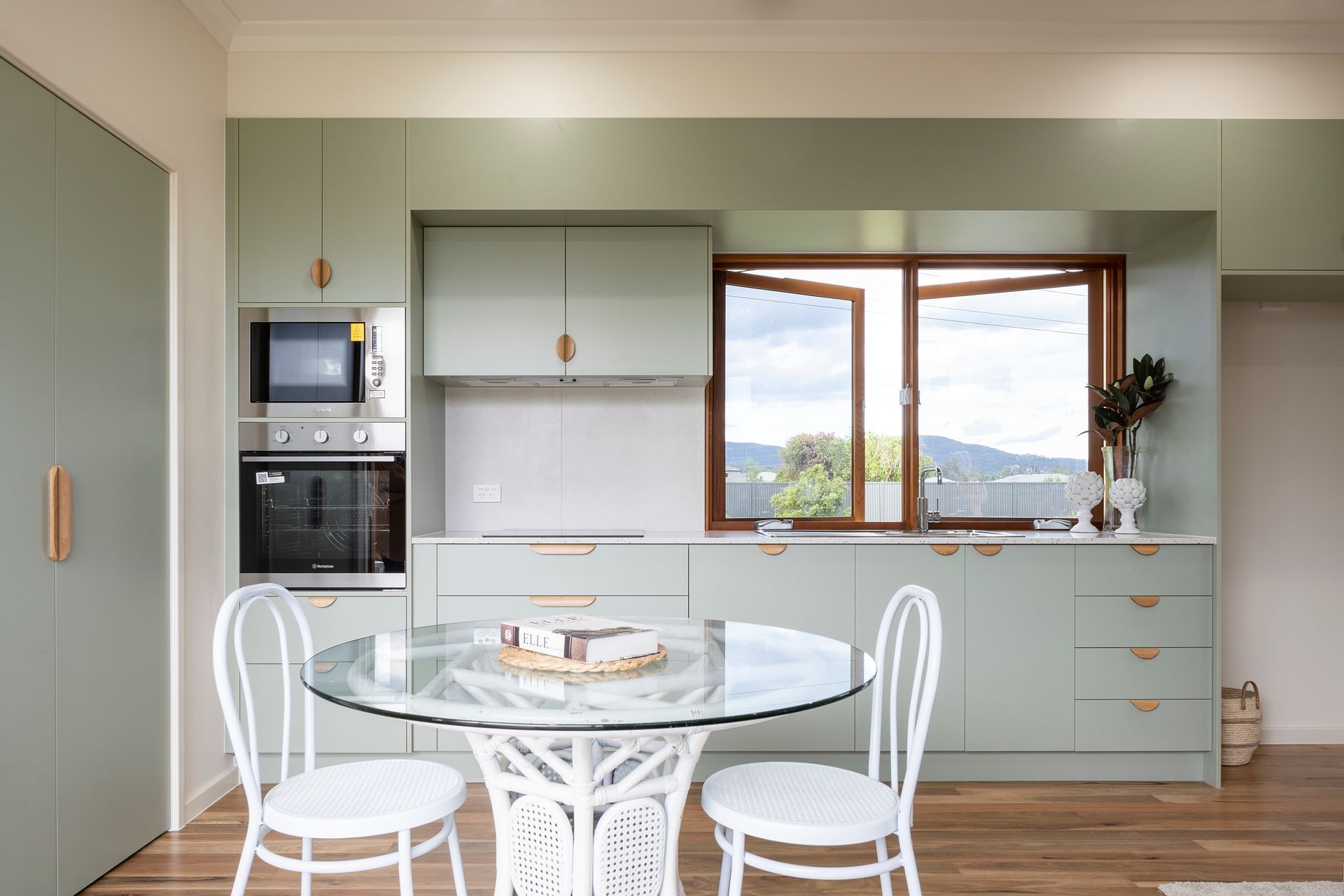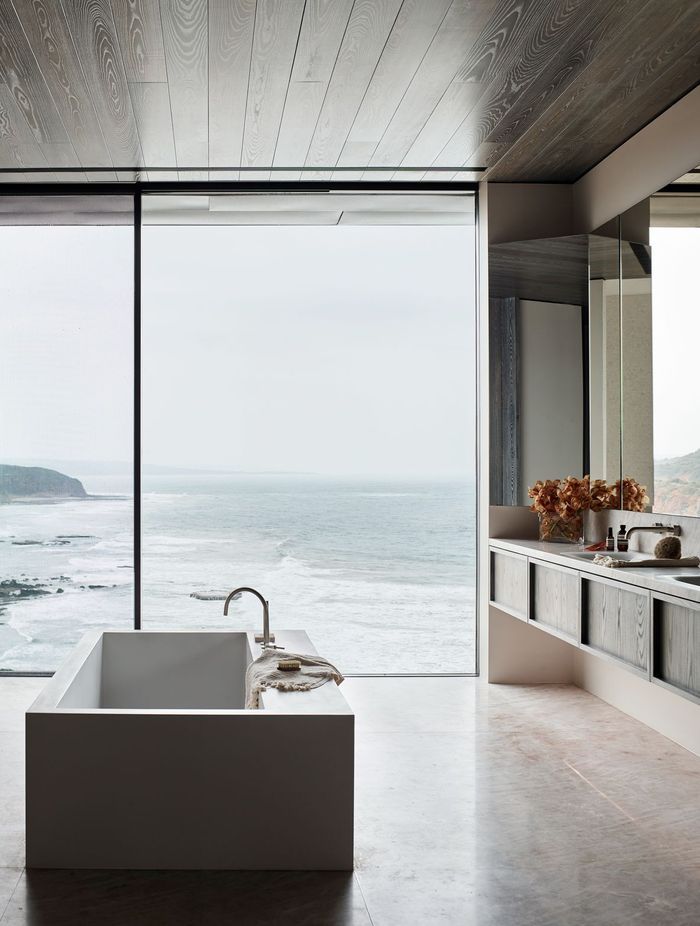Should I stay or should I go: how to design homes for ageing in place
Written by
25 September 2022
•
6 min read

Australia has an ageing population, with senior citizens comprising the fastest growing demographic. According to the Australian Bureau of Statistics (ABS), the proportion of the population aged 65 years and over has increased from 12.4% in 2000 to 16.3% in 2020, taking the median age from 35 to 38.
Contemporary older Australians are showing a growing reluctance to enter institutional aged care facilities. As detailed by the Aged Care Royal Commission, this is in part due to a decrease in government support, difficulty in accessing care, and overall systemic issues. This aversion to institutional aged care has increased the desire for Australians to age in place. In light of an interim report by the Aged Care Royal Commission in 2019 that revealed many elderly Australians within institutional facilities were neglected and forced to live in “unkind and uncaring” conditions, the federal government allocated $500 million for an additional 10,000 home care packages.
Ageing in place allows older people to remain living in their own homes rather than entering institutional aged care facilities, even when the effects of ageing impact their mobility and cognition. According to research undertaken by the Australian Housing and Urban Research Institute, 78-81% of Australians aged 55 years or older have a desire to live in their own homes as they age.
While ageing in place isn’t for everyone as it requires a certain level of independent living ability, with adequate levels of mental and physical capabilities – it can give elderly citizens a sense of control over their living space and the way they live. Additionally, it allows them access to the community they’ve built and are accustomed to, providing them with a sense of belonging and stability during a transitional time.
How to design homes for ageing in place
Though nobody likes to imagine a time when they may not be in peak health, it’s beneficial for homeowners in their 50s and 60s to take design necessities for ageing in place into account when searching for a new home or renovating. Fortunately, clever design choices can allow homeowners to live comfortably in their current space without sacrificing their aesthetic tastes.
Universal design code
While tailored renovations are undoubtedly the quickest way to cater for changing needs, adopting a universal design code before alterations are required can aid in preventing drastic renovations down the line. For those in their late 40s, 50s and 60s searching for a new home, renovating their current space or embarking on a new build, it can be helpful to incorporate principles of universal design.
Universal design refers to designing environments that are useable by all people to the greatest extent possible, without the requirement for specific or adaptive designs. This includes doorways and corridors wide enough to accommodate wheelchairs, a full bathroom on the ground floor, a stepless entrance to the house, lower kitchen benchtops and cabinets, and non-slip floor surfaces.
Thoughtful accoutrements
Designing for ageing in place encompasses more than just open-plan bathrooms and wheelchair ramps. Every facet of the home should be able to be operated by those with impaired mobility and cognitive abilities. Classic rocker panel switches are easier to operate than Australian rocker, toggle and single-pole switches. Similarly, door levers or handles should be chosen over door knobs, and awning windows are easier to open than sliding iterations.
For elderly homeowners with impaired mobility but sharp cognitive function, it can be beneficial to consider home automation systems. Mechanisms such as lighting, door locks, and heating and air conditioning may be easier for residents to control via a smartphone or tablet device.
Read more: Unpacking the home automation trends set to reign supreme this year
Functional flooring
Appropriate flooring is a crucial consideration when it comes to homes or renovations designed for ageing in place. In addition to being non-slip and safe, the right flooring should facilitate easy movement around the house.
Opt for smooth and soft surfaces that are non-slip; these will be gentler on the joints, allow for wheelchair access down the line if necessary, and reduce the risk of accidents. Avoid high-pile or padded carpets as these can pose a trip hazard, as well as hard surfaces such as marble or porcelain tiling. Surfaces such as cork, rubber and linoleum are good options. Rubber in particular offers optimal shock absorption, reducing the risk of serious injuries in older adults should a fall occur.
When designing with elderly people in mind, it’s best to keep flooring options level and avoid uneven spaces (such as transition strips). Some elderly people tend to drag their feet when walking, with transition areas leaving them susceptible to accidents. If changes in floor levels are unavoidable, ensure these are clearly demarcated by a change in colour or texture. For homeowners with macular degeneration or other vision impairments, it’s essential to avoid geometric patterns or shiny surfaces that may interfere with depth perception.
Comfortable culinary adventures
Cooking one's own food is an important part of maintaining independence well into the twilight years. With a few simple adjustments, kitchens can be modified to facilitate ease of cooking for older residents.
High benchtops should be avoided, as should overhead storage. Opt for drawers under benchtops rather than cabinets; pull-out drawers can provide convenient access to goods without straining the joints. Rounding out any sharp edges and 90-degree angles on benchtops and open shelving can help avoid unnecessary bumps and bruises from banging hips or elbows against corners while navigating the kitchen. Kitchen cabinets should use D-pull handles over other styles, as these are the easiest to use for those with minimal strength.
When designing the layout of a kitchen for ageing in place, place the sink close to the stove. Elderly residents may find it difficult to carry heavy pans and pots of liquid back and forth, and spillage also makes for a slipping hazard. Additionally, opting for a shallow sink (maximum 20cm depth) makes it easier to rinse fresh produce and dishes.
Accessible bathrooms
An expansive walk-in shower or wetroom is typically touted as the most suitable option for elderly residents. If designing a new shower, it’s best to opt for one without a threshold; if renovating, use different coloured tiles to better delineate spaces and avoid accidents.
For those with impaired mobility, having a seat in the shower can be helpful in preserving both independence and a sense of dignity. All showers designed with ageing in place in mind should incorporate an adjustable-height showerhead and extendable handheld showerhead.
Conventional towel rails are not designed to be weight-bearing, however, there are savvy grab bars that can hold body weight while replicating the streamlined aesthetic of a towel rail. These are good options for residents with impaired mobility.
While bathtubs are often left out of the equation when designing homes for older people, for those with arthritis pain or aching joints, a warm bath can serve to reduce inflammation and swelling and increase blood circulation. If incorporating a bath, a standalone (as opposed to a bath-shower combo) iteration is best. Keep this close to the wall and have a grab bar to facilitate entry and exit.
Looking to design or renovate a home to age in place? Find the right building professional on ArchiPro.
Words by Tanisha Angel





